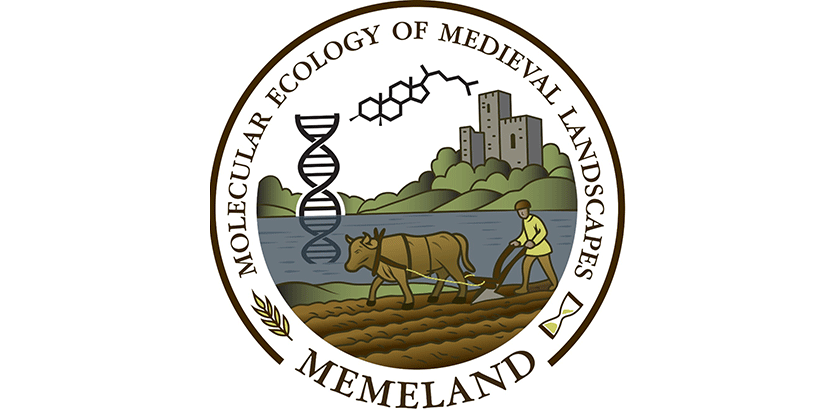Department Surface Waters - Research and Management
ERC-Synergy Project MEMELAND

Present-day European landscapes and biodiversity reflect centuries of human influence. One pivotal phase was the medieval “agricultural revolution”, which saw major shifts in land use, crop and livestock management, and population movements, changes that coincided with the Medieval Climate Anomaly. Understanding how these transformations shaped biodiversity and ecosystem resilience is vital for guiding future, climate-adaptive land-use strategies.
MEMELAND investigates this critical period through lake sedimentary archives from 50 lake pairs distributed across Europe. Each pair includes one lake located near a high-status (“elite”) site and one from a nearby area with little or no archaeological evidence of human activity. These comparisons allow researchers to disentangle natural from anthropogenic drivers of environmental change, an approach rarely applied at this scale.
At Eawag, the focus lies on developing and applying faecal biomarker analyses, specifically sterols, stanols, and bile acids, as indicators of grazing and manuring intensity. Key questions include:
- Which biomarkers best capture medieval land-use change?
- How did land-use intensity vary between lake pairs and regions?
- Can faecal inputs explain lake eutrophication patterns?
Eawag’s team will integrate biomarker data with hyperspectral imaging and compound-specific radiocarbon dating to complement MEMELAND’s interdisciplinary approaches that combine archaeobotany, sedaDNA, archaeology, and socio-environmental modeling.


